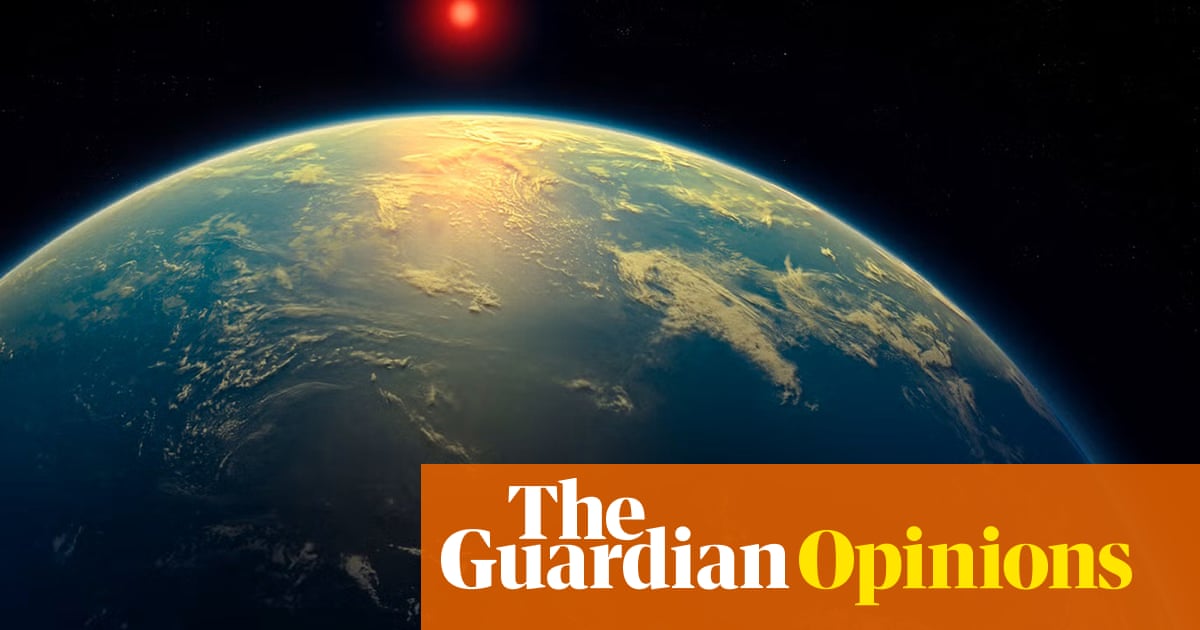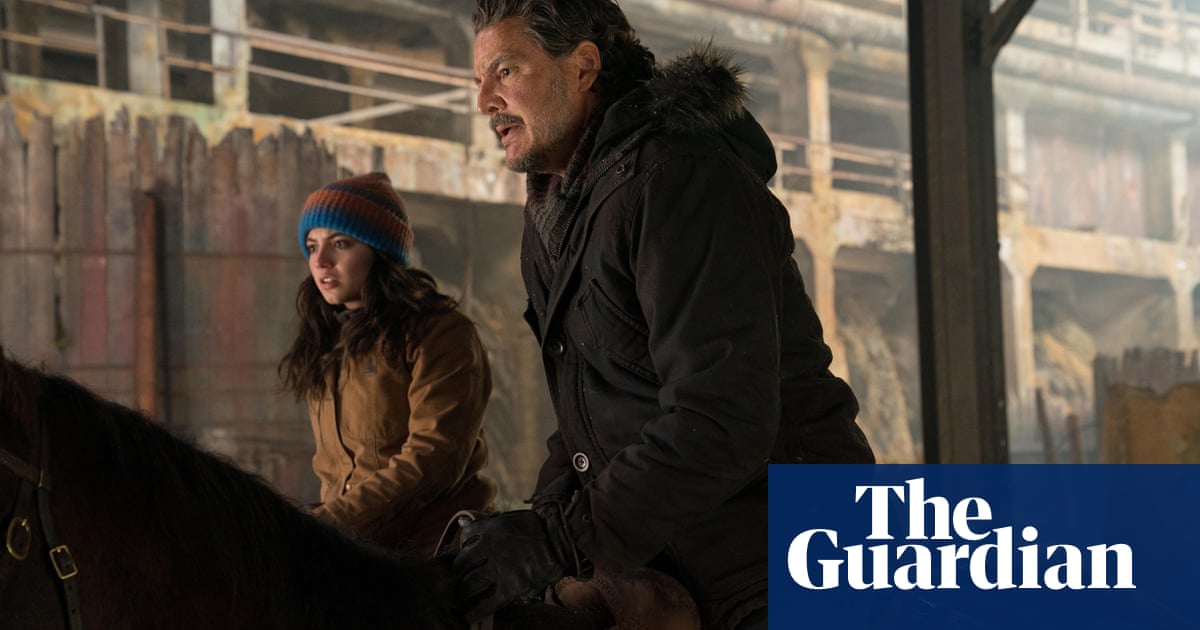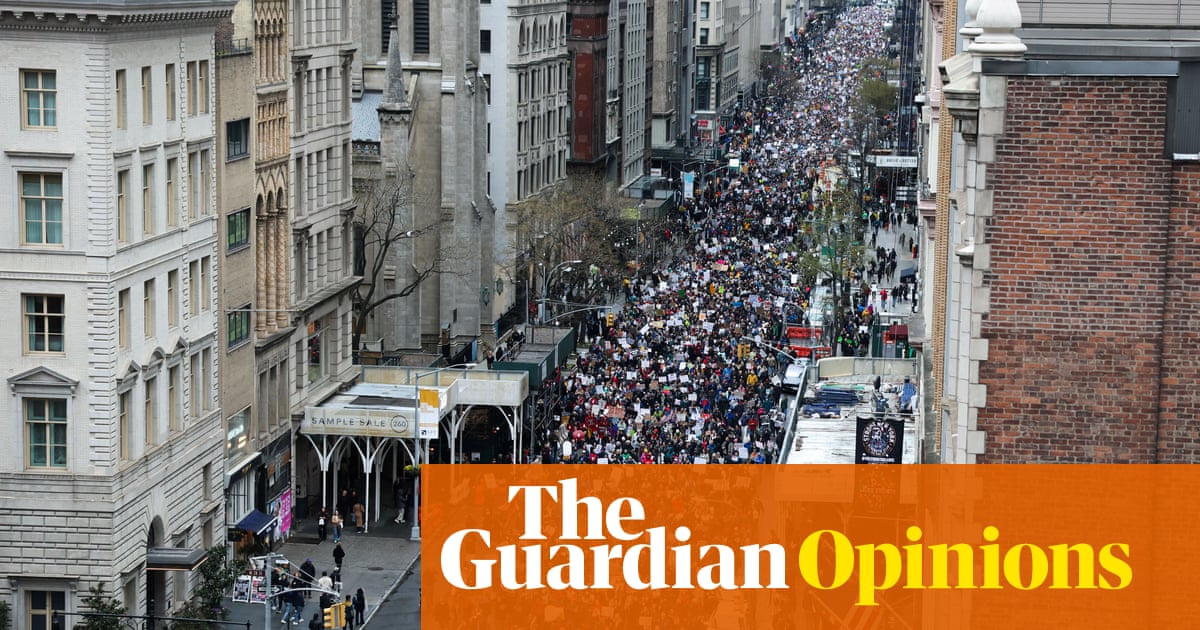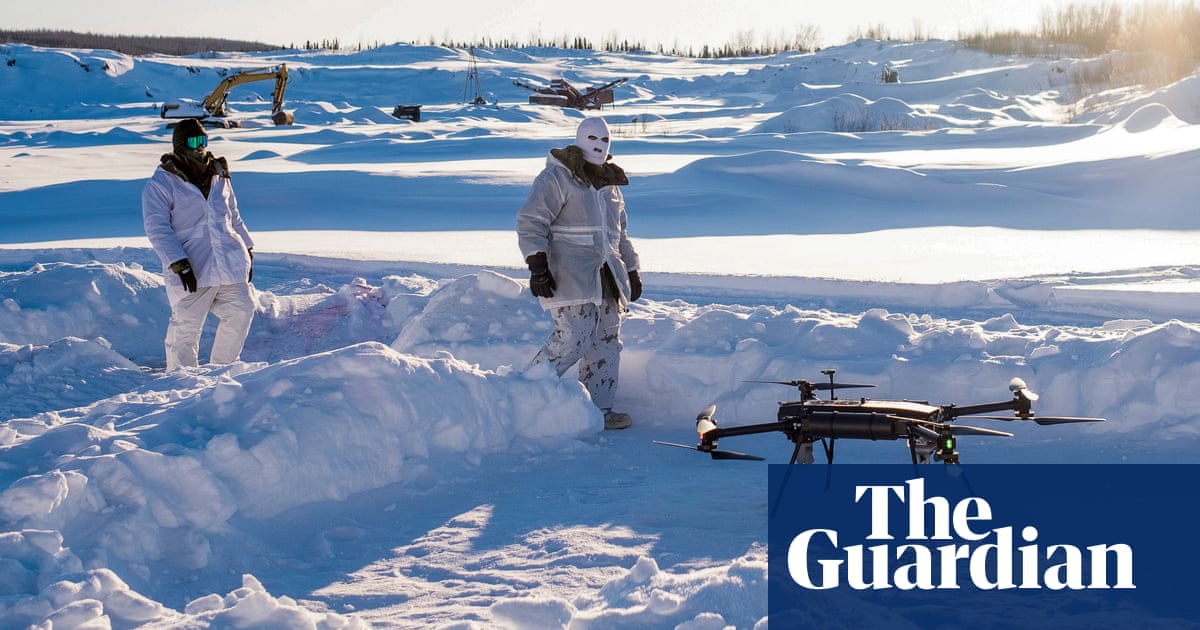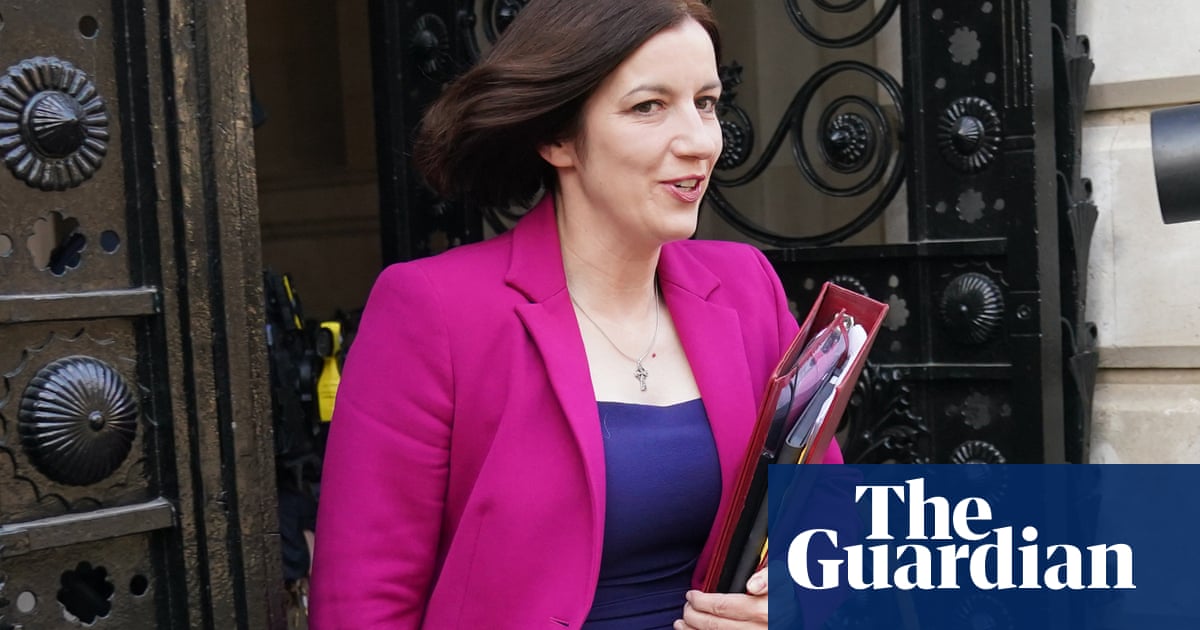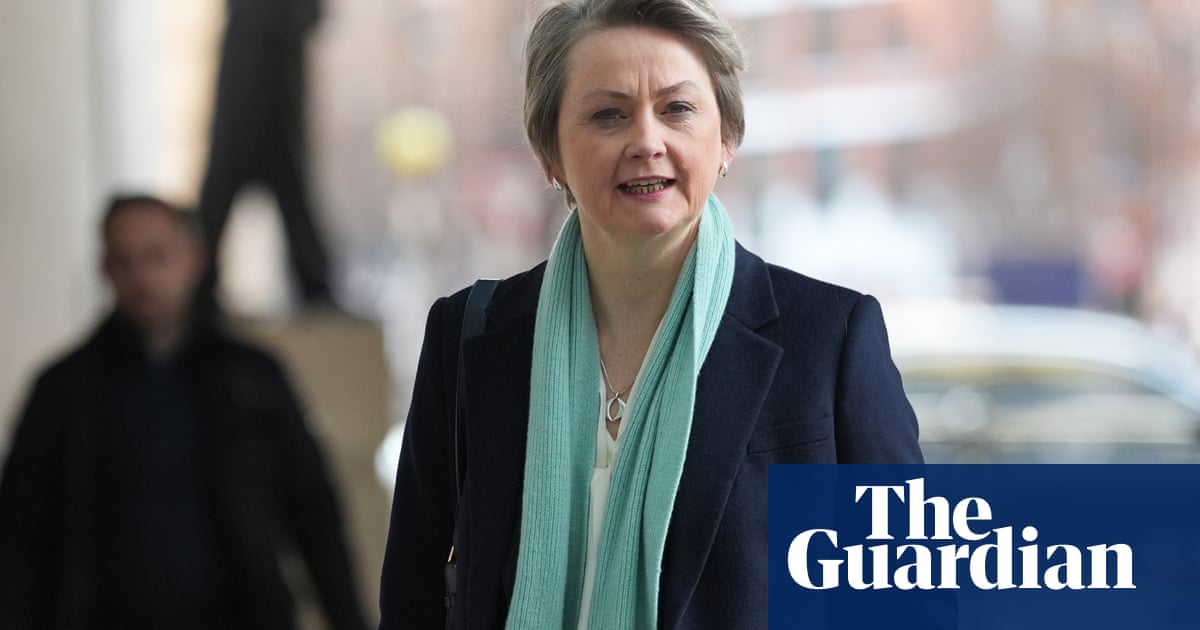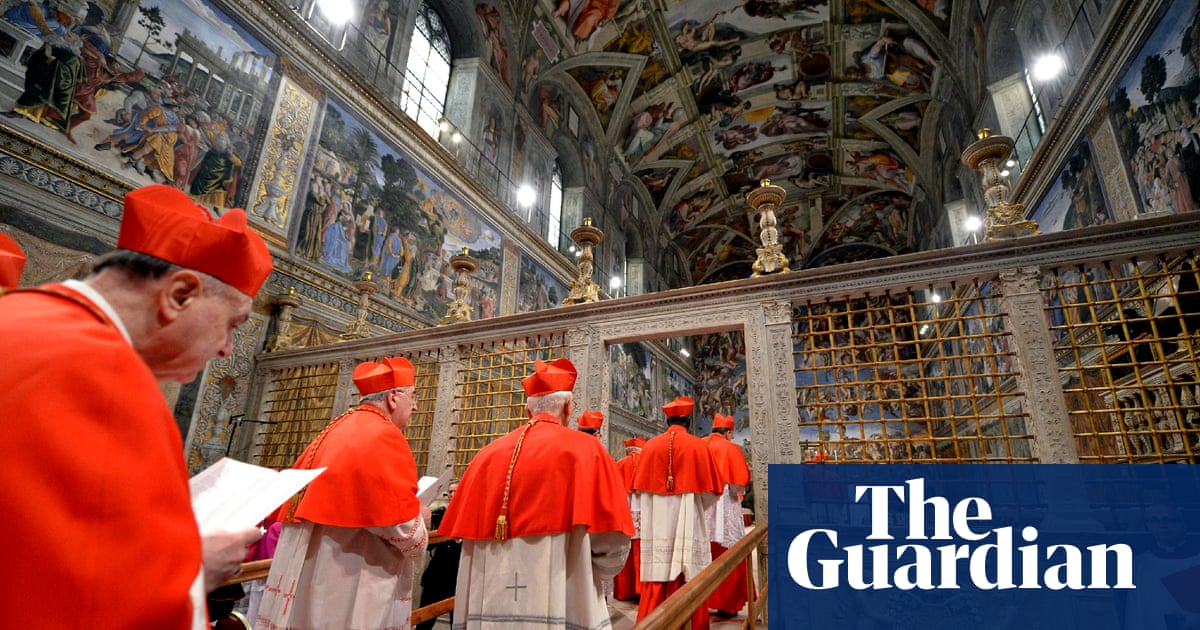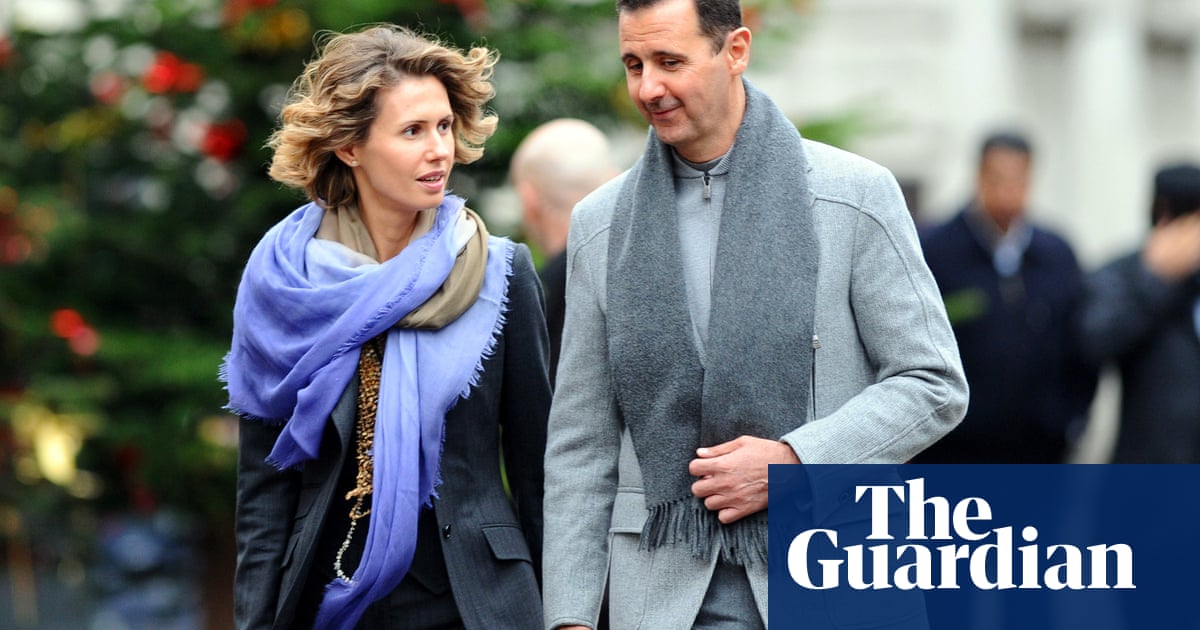When the late Pope Francis stepped on to the balcony of St Peter’s Basilica to give his first speech as leader of the Catholic church in March 2013, he cast away formality by dressing in simple white robes instead of the regal ermine-trimmed cape usually worn by newly elected pontiffs.
The next day, Francis – a name chosen in honour of Francis of Assisi, the Italian saint who renounced a life of luxury to help the poor – returned to the Rome hotel in which he had stayed before the conclave to pick up his luggage and pay his bill. He substituted a plush apostolic apartment for a simple room within the Vatican walls and, unlike his predecessors, did not spend his summers in Castel Gandolfo, an opulent 12th-century fortress close to Rome.
These humble gestures set the tone for much of Francis’s 12-year papacy, with one of his final acts being to simplify papal funeral rites, breaking with longstanding Vatican tradition.
“If you think back to just a few years ago when [the former] Pope Benedict was buried, we saw all the pomp and circumstance of the Vatican on display,” said Chris White, the Vatican correspondent for National Catholic Reporter. “But Francis has done away with all of that.”
Benedict abdicated in 2013, the first pope to do so in 600 years, but he was still given a papal funeral in 2022. His embalmed body, dressed in red papal mourning robes, was laid out on a casket covered with a gold cloth and raised on a pedestal in front of the altar in St Peter’s Basilica, where people could pay tribute.
Traditional papal funerals involved dead popes having three coffins – one made out of cypress wood, one of lead and one of elm, which are placed one inside the other before the body is placed inside and then buried in the Vatican grottoes beneath St Peter’s.
But Francis shunned these rituals when he approved the simplified rules in April 2024. People will still be able to see his body in the basilica, but his remains will be placed in one simple coffin made of wood and lined with zinc, and will not be raised on a platform. The coffin will remain open until the night before the funeral.
“Francis made it very clear that he didn’t want his body put on display, he didn’t want to be idolised, so there will be none of that sort of ritual,” added White. “I think he was very conscious, as he was throughout his whole papacy, of the theatrics of [the Vatican], and especially with a funeral, when all the eyes of the world are on the Catholic church – he wants to send a signal not of riches, not of wealth, but of simplicity.”
The past two papal funerals, including that of Pope John Paul II in 2005, were held about six days after the death, and the same is expected for Francis.
However, in an interview in late 2023, Francis said he would not be buried in the Vatican and had instead prepared his tomb at the Santa Maria Maggiore basilica in Rome’s Esquilino neighbourhood, where he went to pray before and after trips overseas.
The procession involving the transfer of his coffin from the Vatican to Esquilino, which would mean a journey of two or three miles through central Rome, would inevitably involve the Vatican’s Swiss Guards, the world’s smallest army, although it is unclear if a plan was drawn-up before Francis’s death. “We follow papal funeral protocol but we don’t know exactly what that might be until a pope has died,” said a source for the guards.
However, White expected the procession to be “very scaled back”.
“It won’t be a long, elaborate procession,” he said. “Past popes in decades and centuries gone by have had their body taken from village to village. Francis will have none of that, it will be a very simple ceremony.”

.png) 6 hours ago
4
6 hours ago
4


